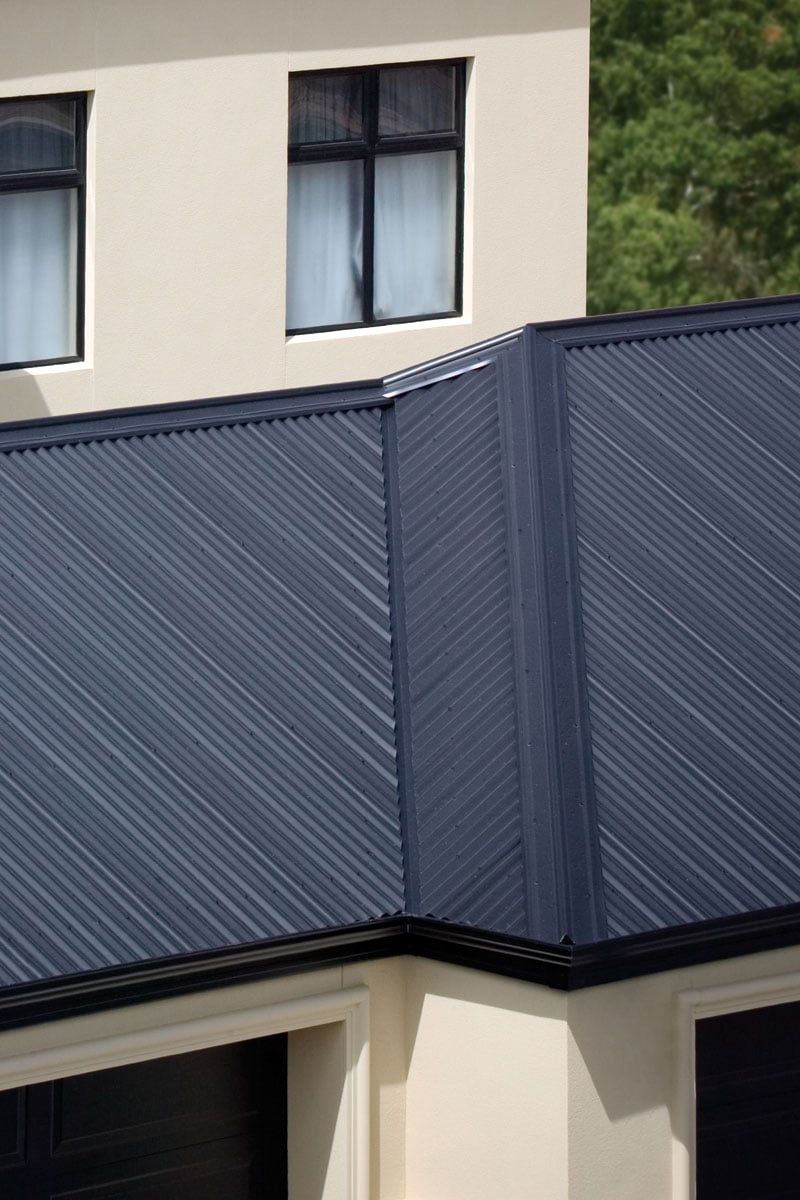Table of Content
The lifespan of asphalt shingles is considered uncertain by many. During rubber roof installations, the membrane is fitted over the top, and then secured at the top edges with a trim. However, it is important to note that in order to maintain a roof, it must be regularly checked for issues.
The major benefit of this type of roofing is the length of time it takes to complete the job, which is often in a day or less. For a single-wide structure you are looking at an average cost of $1,175 to $2,295, and for a double-wide mobile home, the cost should be $1,595 to $3,610. If it is speed and relative affordability you are after for your roof replacement, then rubber roofing is definitely an option to consider. Metal roofing materials cost about $1,000-$2,000 for a single-wide or $1,800-$3,000 for a double-wide, depending on size of unit and manufacturer and are designed to last a lifetime. Metal roofs may be installed over an existing roof with or without a DIYer adding insulation in between.
Metal roofing
Plus, some mobile homes have flat roofs, which only need one layer of shingles, instead of overlapping layers. However, if you do go the roof over the route, you must first inspect and repair any damage to your existing roof. If you do not, you might be forced later to do a roof replacement regardless. We will go into this in depth later, but it is frowned upon to roof over asphalt shingles . If you have asphalt shingles, the better option for you might be just to replace the roof. Composite roofs are a great option for mobile homes, as they are durable and weatherproof.
Keep in mind that you can either buy the materials/kit and do it yourself, or you can pay a contractor to do it. We know you are probably on a budget, but you do not want to mess up your homes roof, so if you are not comfortable with this kind of work, please hire a professional. If you live in a super hot environment, you will want to look for energy-efficient options, such as TPO membrane and metal.
How to Pick the Best Color for Your Roof
First, flat roofs require more recoating and maintenance than pitched roofs. Extra maintenance is needed because flat roofs are under more strain from weather and the elements. Mobile homes are a convenient way to live, but their roofs are often neglected. Many people don’t think about their mobile home roofs until there is a problem. It’s important to take care of your mobile home roof so that you can avoid leaks and other problems.

You are supposed to coat these roofs every couple of years or so, based on the manufacturer's recommendations. What are the some of the benefits of installing a Southern Builders roofover on my mobile home? Our Customers report huge savings on their utility bills, your roof will pay for itself.
How do I Choose A Roof for My Mobile Home?
You may only end up spending more time and resources maintaining your mobile homes especially if you do not have the proper warranty. These are the two best qualities of metal as a material for mobile home roofs. A big plus factor is the fact that they are often installed on top of a pre-existing roof, thus greatly reducing the cost of a roof material replacement. For example a 16' x 75' single-wide unit using the RoofWrap system will cost about $2,100 plus shipping.
This type of roofing is much less sustainable to damage than the flat roofing that comes with most mobile homes. It is also rather affordable, costing from $650 to $2,175 for a single-wide or $1,290-$4,250 for a double-wide unit. Just like with metal roofing, shingle roofing can be placed right on top of the old roof. One drawback to consider is that this type of roofing is more prone to damage in high winds and bad weather than metal or rubber roofing.
Steel increases the R Value and can increase the energy efficiency of your Home. Metal roofing is more expensive initially but in the long run is a better value. Metal roofing can have last 60+ years where single roofs usually last less then 15 years. Liquid roofing can be susceptible to tearing if something falls on the roof. Plus, over time, the water-resistant nature of the liquid roofing material can make the roof slippery.
Leaks may also be stopped with Peal and Seal at about $1.25-$2 per sq. Choosing your mobile home roofing material can be sometimes tricky. The key important factors to look for in your mobile home roof are cost, durability, and design.
The only possible downside for some is a higher upfront cost. Metal roofs average around $1000-$2000 for a single-wide or $1800-$3000 for a double-wide. You can expect at least double that for a product that includes insulation. Whether you live in a non-HUD, pre-1976 mobile home or a newer one, roofs are the primary cause of energy loss because of their lower insulation. This can lead to excessive fuel consumption in winters especially if you live in one of the northern states. However, a simple mobile home roof over can help reduce heat loss, improve insulation and comfort, and enhance the appearance of the mobile home.
However, we would recommend TPO membrane in most cases, though there are some instances when another material should be selected. TPO is flexible for a variety of dimensions and home types, partly because it comes 5-foot wide rolls that can easily be adapted for small sections of roof. However, because TPO comes in widths lesser than a single-section home, it will have seams that need to be properly prepped, managed and maintained. Often the white surface is preferred because it reflects sunlight. Before sealing, you will need to prepare the roof properly. Previous coats on seams and vents need to be removed with a grinder or steel brush to ensure that the new coating bonds well.
They can be installed on most homes, and they come in a variety of different materials. When choosing a composite roof material, it is important to make sure that it is made for mobile homes. However, asphalt shingles as roofing material are easy to install and can be relatively cheap. Expect to pay anywhere from $700 – $2,000 for single-wides or $1,200 – $4,000 for double-wides. Thermoplastic polyolefin or TPO TPO stands for thermoplastic polyolefin is a thin, flexible membrane that is installed over an existing roof.
Asphalt shingles and rubber will get way too hot in the summer if you live in hot conditions. If you have no idea which material to select, we recommend TPO membrane. This is a favorite roofing material because it is durable, light, energy efficient, and affordable. You cannot go wrong with TPO membrane, no matter the situation. If you have a problem with your roof frequently becoming damaged due to the weather and elements, TPO membrane may be for you. They have incredible durability that exceeds metal and asphalt roofs dramatically.
Compared to shingles, TPO roofs hold up for much longer against all types of weather conditions, offering even more durability than a metal roof. TPO roofs are also among the most energy efficient roofing materials, with the added caveat that the most popular TPO roof color, white, carries the most energy efficiency. TPO roofs are less commonly installed with a black finish, which only absorbs more heat and increases your mobile home’s air conditioning costs. Because of all of these factors, TPO roofs are often seen as the most beneficial option for manufactured homes. Composition shingle roofing consists of a surface of individual shingles placed at an angle so that water can run off the roof.
The major distinction will be between mobile and manufactured homes, those built prior to June 1976 and after, respectively. And, a contractor often works directly with suppliers to source roofing materials, so you don’t have to hunt them down on your own. For mobile homeowners on a budget, this may be the best option for a roof over. Roof overs done this way can run for as little as $600, and will last for about 10 years – almost as long as a roof with asphalt shingles. TPO. Standing for thermoplastic olyolefin, TPO roofing is a single-ply reflective membrane made from polypropylene and ethylene-propylene rubber bonded together. It is typically installed so the layers fully adhere so that the white membrane remains exposed throughout the life of the roof.






